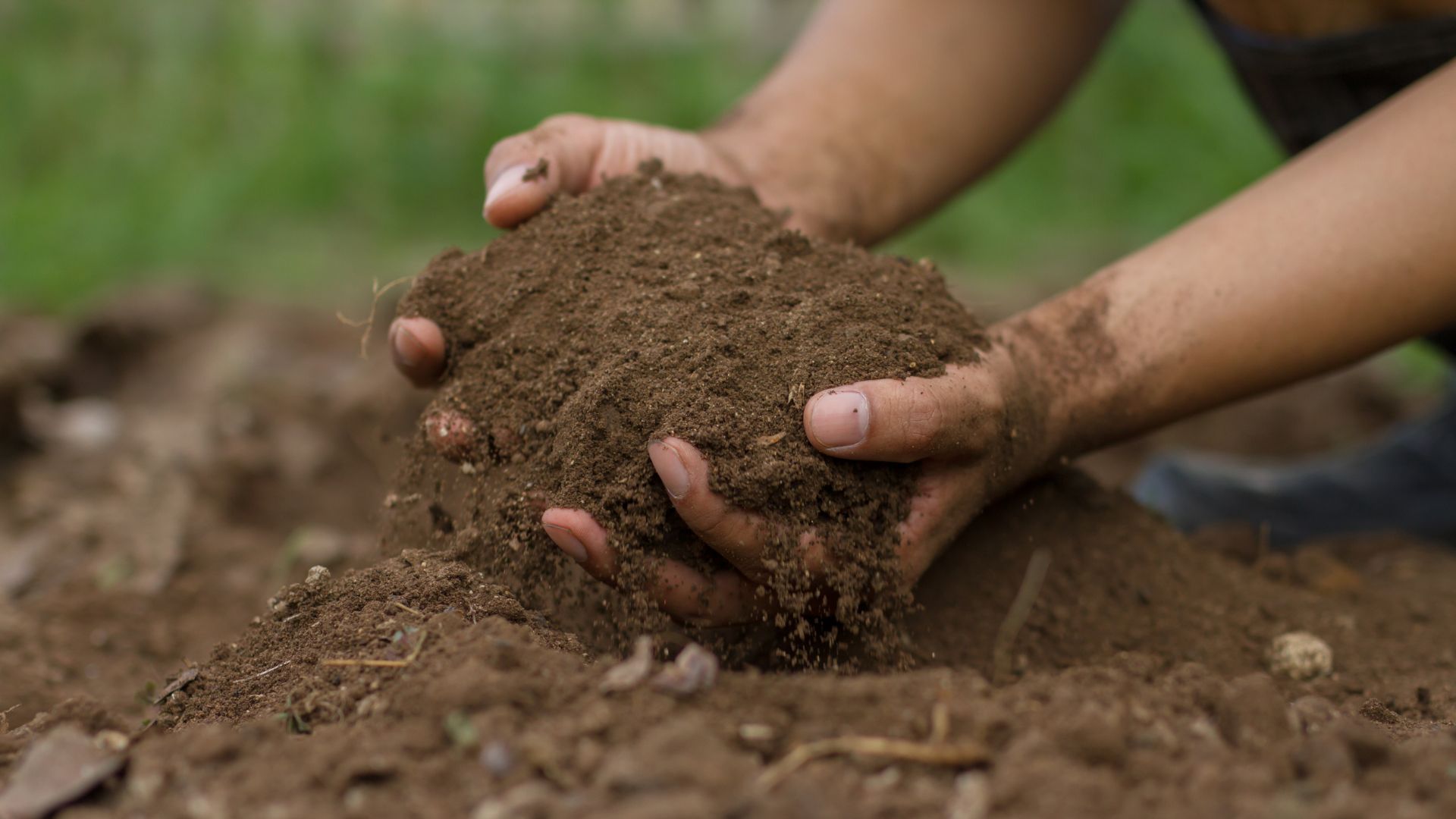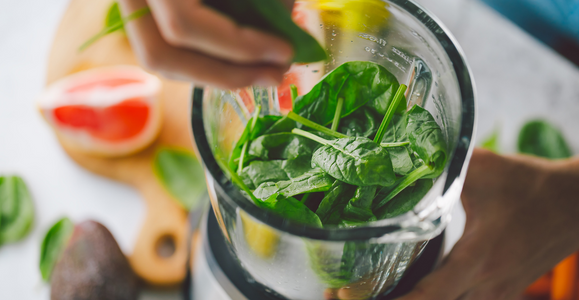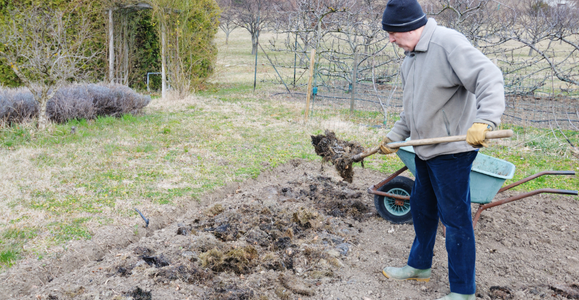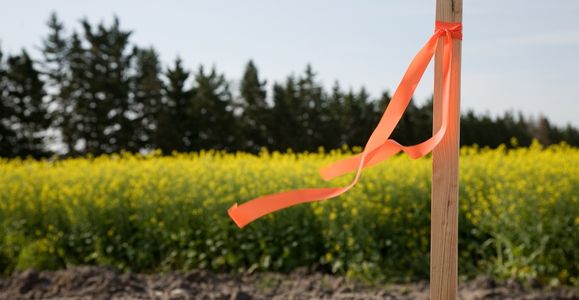In this article, learn how to turn your food waste in compost using the "Dig and Drop" method.
The good news is that there are still a few things you can do to make compost and enrich your soil at the same time. There's vermicomposting, which allows you to compost food waste even if you don't have a yard.
- Then there's trench composting, which is another excellent way to compost food waste.
- Especially if your community doesn't allow traditional compost bins.
- The downside of trench composting is that it requires a fair amount of space.
- And it's not convenient for perennials plants and shrubs. Fortunately, there's an even simpler method, and that's to put your kitchen waste directly into the garden.

Easy way to make compost: The "Dig and Drop" Method
Dig and Drop composting couldn't be simpler because all it takes is a shovel and a small spot of ground.
Turning food waste into compost is as easy as 1, 2, 3
1. Dig a hole, about 12 inches deep.
2. Drop food scraps or other organic stuff into the hole.
3. Cover with soil. You're done.

Dig and Drop composting, also called compost-holing, is one of the oldest and most efficient ways to compost. It's a wonderful solution for the busy gardener because you bypass the heap altogether. You don't have to worry about turning the compost or monitor the moisture inside the pile or bin.
With Dig and Drop, the melon rinds and bits of stale bread break down right in the garden. Just think, while you sleep at night, the microbes in the soil are hard at work, decomposing the food scraps which enriches the soil and in turn, provides nutrients to nearby plants.
How to use food waste to create compost:

Collecting Food Waste
Collect your kitchen scraps into a bowl or bucket, then go out at the end of the day (or every couple days) and bury them in your garden. This way, you're digging smaller holes which means the food scraps break down more quickly. Plus, you're less likely to disturb roots.

Bury materials deep enough so it doesn’t attract pests.
Dig your hole deep so there is plenty of soil covering the scraps to mask the scent from animals.


Cover tactics for creating compost
As you cover the food scraps with soil, carefully draw the shovel up and out without bringing the scent of the food with it to the surface of the soil. Don't be tempted to tamp down the soil too much. Microbes need food, water and AIR to survive and turn your food waste into compost.


Is it OK to add meat scraps to your compost?
Yes and no. It's a good idea to avoid burying too much meat, fish, or dairy items. Notice I said, "too much." Many sources say to avoid burying meat or dairy products lest you entice neighborhood dogs and rodents. A dog digging in the garden can cause extensive damage to plant roots. But I've never had a problem with pests digging up the kitchen "loot." But if a dog does paw its way through your plants and you've done your best to bury things carefully, the problem might call for extra measures in the form of obedience training.


Small food waste is beautiful
Puree food scraps in blender or food processer to hasten the decomposition process. Think of it as "Dig and Dump."



Bury food waste materials deep enough so it doesn’t attract pests.
Dig your hole deep so there is plenty of soil covering the scraps to mask the scent from animals.


Dig, Drop, Repeat
Bury food scraps more frequently so you don’t have to dig larger holes.


X marks the spot
It's easy to forget where you last Dug and Dropped. Poke a chopstick or set a rock (paint it first!) on the last place you bury kitchen waste directly into the garden. One of my favorite ways to mark a Dig and Drop spot is to sow seeds or transplant seedlings right on top of where you last buried food scraps.
Dig and Drop makes composting food waste a snap.
It provides a great solution for some people who aren't able to compost in the traditional way or don't have enough space to try trench composting. Plus, you can spread your food scraps around the garden as you like it by burying it in raised beds one week and containers the next. Everything stays neat, tidy and well fed.
So give Dig and Drop composting a try and see how it works for you.
Why Your Compost Doesn't Get HOT and 10 Easy Ways To Fix It
Gardeners tell me there's nothing more frustrating than to invest tons of time and energy into making compost, only to have it turn into a soggy, smelly mess. Or dry out altogether so it just sits there.
That's why I created this guide: To help you assess your compost and then apply solutions so you can get your compost pile back on its feet.
Take a moment to imagine a greener lawn, tastier veggies, and a garden that's a made-in-heaven dream to maintain.
With Marion's guide you can get finished Compost in only Six Weeks!
"The Easy Way to Turn Food Waste into Compost" - by Marion Owen
Who is Marion Owen?
Learn the fine art of nurturing your dream garden using organic methods that have been fine-tuned over 35 years by Marion Owen, New York Times bestselling author.
Gardening techniques that have been proven to work by Marion's students longing for their own dream garden in landscapes as diverse as North America, India, Europe, UK and Australia.
Finally, you can throw away all those harsh chemicals, as Marion only teaches methods that are in tune with Mother Nature!
Marion Owen's approach to fulfilling your dream garden will save you hundreds of dollar. At the same time bring natural vitality to you, your family and the planet.
Start to grow flowers, herbs and vegetables using a methodology in harmony with the natural environment.


Enjoy this article? You might also enjoy these:

